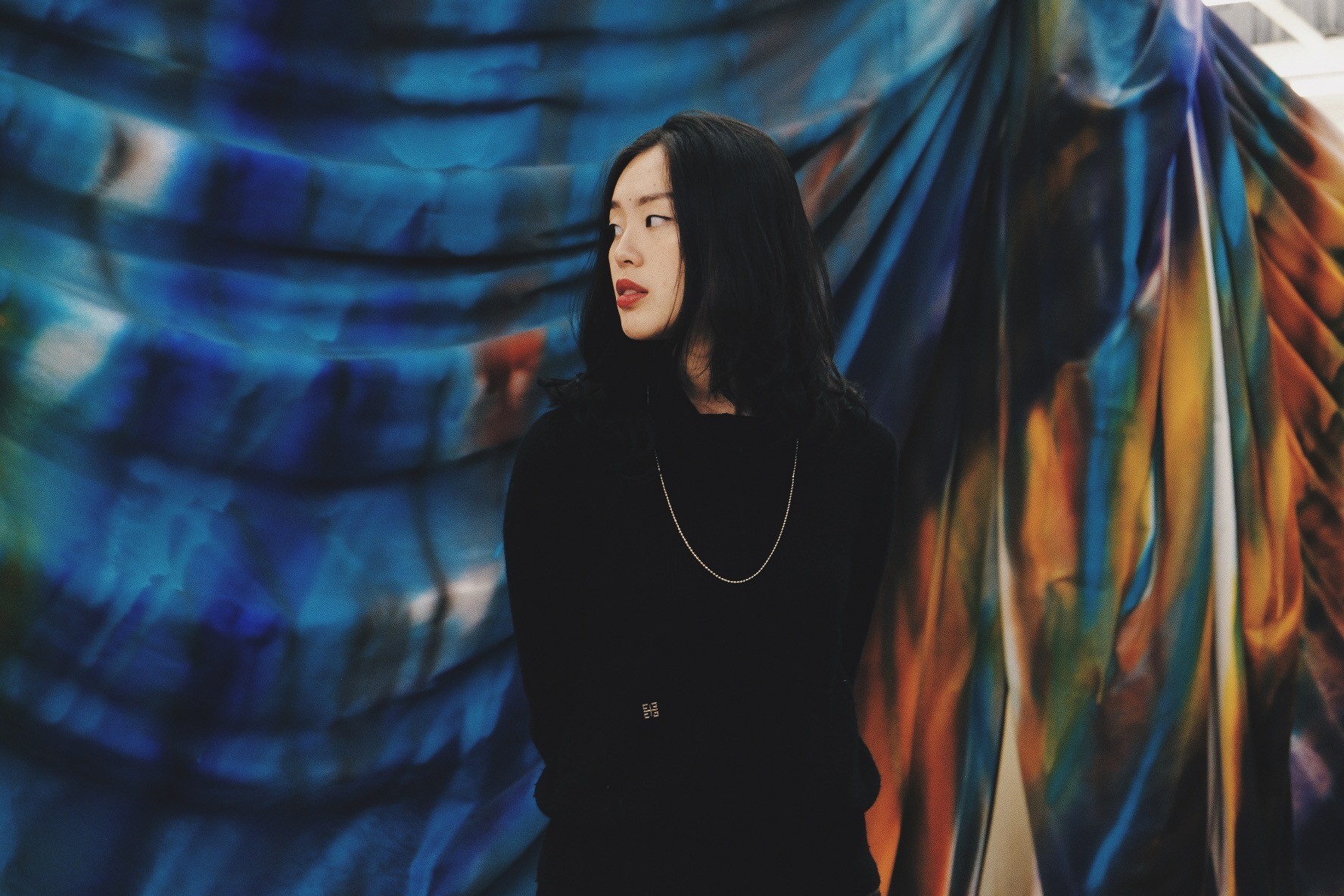Alright – so today we’ve got the honor of introducing you to Melody Ling. We think you’ll enjoy our conversation, we’ve shared it below.
Alright, Melody thanks for taking the time to share your stories and insights with us today. Did you always know you wanted to pursue a creative or artistic career? When did you first know?
From a very young age, I knew that I HAD to do something creative and artistic – simply because it is what makes me who I truly am. In high school, when I first tried painting or photographing something out of my own idea instead of copying what was out there already, I felt an excitement that I’d never felt before. From then on, I knew firmly that the intention of being creative is the voice in me that I’ve longed to speak out and make sense of. It makes me cherish life and its important things instead of simply keeping alive.
However, a passion is indeed different from an actual career path. My creative career doesn’t have the most conventional start. Instead of going directly to a field in art/design, I got my undergrad degree in PPL (philosophy, politics, and law) driven by a deep curiosity toward collective behaviors, human interactions, and social structures. At the same time, art and design is the creative attempt that I seek to make sense of my place in the world – I feel like art isn’t enough only as a medium, a skill, or an aesthetic choice; but have to draw from a rich pool of content to pour “soul” into it. It’s like when you’ve got paint and brush and learned the techniques, but what are you painting?
I’ve been blessed to have a chance to seek the soul in my art and design, where I realized that it could start small but end up powerful. After undergrad, I went on to pursue an MFA in the Media Design Practices program at ArtCenter. It was when I finally gained the time and practice to converge my pathways together, pushing everything from interest to an actual career path. I explored in-depth the ability of design to speak to contemporary topics, and I had the time of my life. Looking back, these were some of the best years because I can follow my heart, and there was always something original and amazing coming out of it.
The intention of keeping creativity at the center of my life is something I will be consistently pursuing and sustaining. No matter what, I will not stop creating because to quote from my favorite movie – “the answer must be in the attempt”.
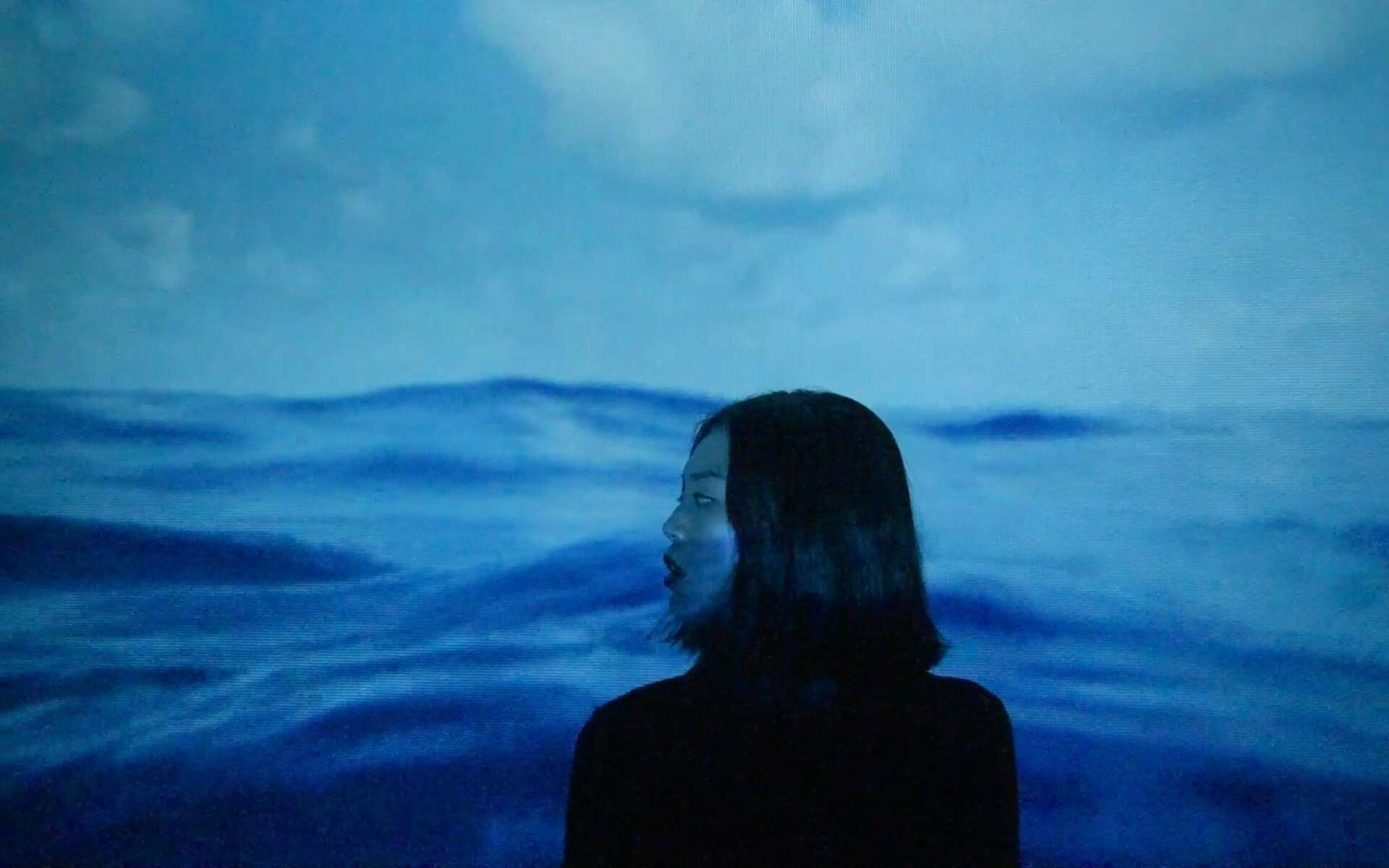
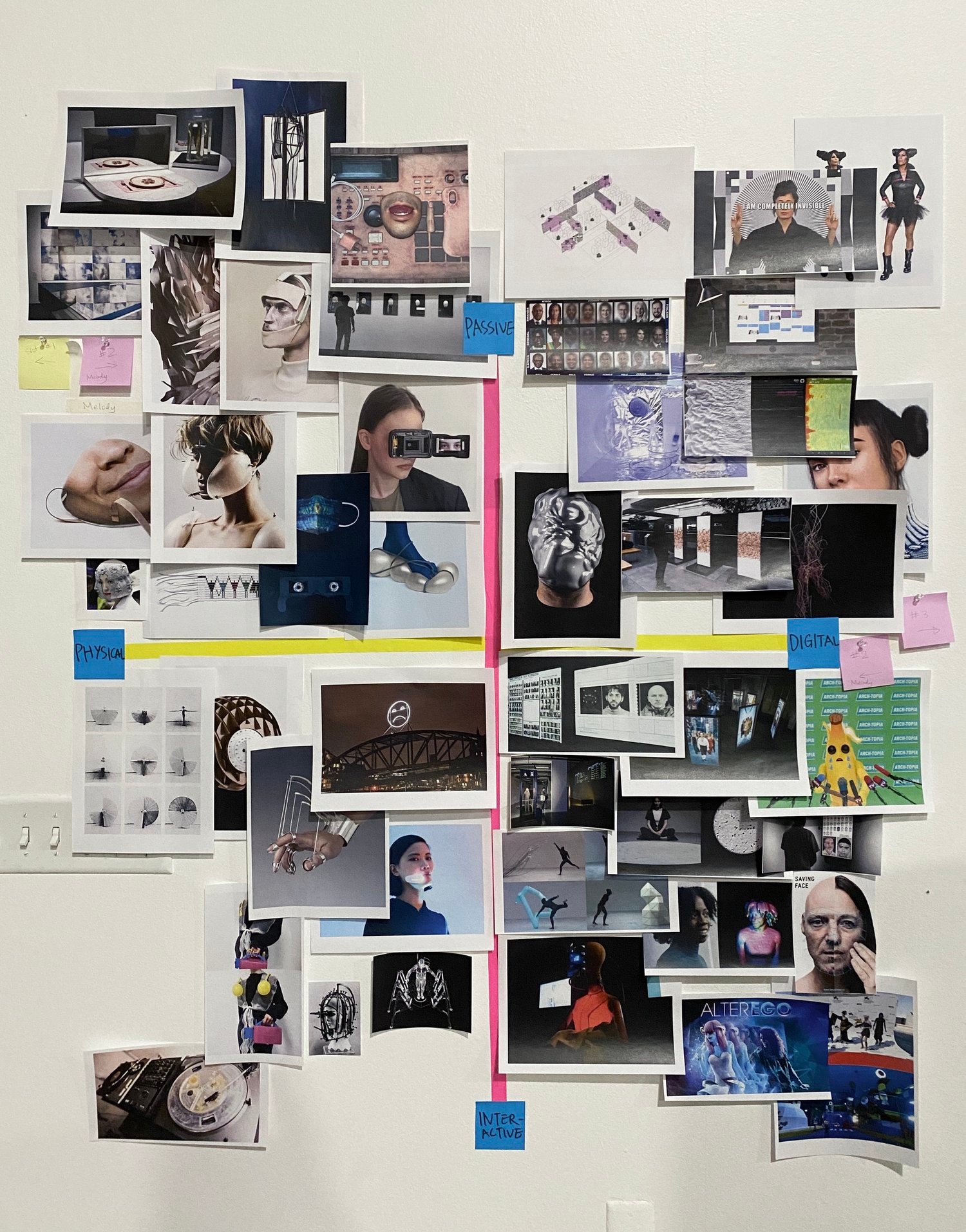
Melody, love having you share your insights with us. Before we ask you more questions, maybe you can take a moment to introduce yourself to our readers who might have missed our earlier conversations?
I see myself as a multimedia artist and interaction designer with a side gig of being a music artist, and I’m quite proud of myself for falling into this interdisciplinary field. My work ranges from interaction design for mixed reality, experimental videos, interactive wearables, critical essays, and sound, plus so many different things in between. I also see myself as a *speculative mediator* because art and design are my ways of reflecting on current paths and alternative futures. The space in theory and speculation is secretly my sanctuary, where my heart lies. I enjoy the process of turning abstract thoughts into standing arguments, then using art and design to choreograph an interesting dialogue out of it.
The project I’m most proud of is indeed my thesis, named Fluid Identities. Driven by the situated nature and different facades of identities, I made an interactive face mask containing two LCD screens as displays covering a person’s eye and mouth, where they play videos with alternative facial features or even bolder elements related to one’s identity – such as name, birthday, biometrics, movement, etc. The mask changes in different social scenarios. I wanted to also involve the public in DIY-ing their own masks seeing the collective effort as a design initiative. This project was driven by the initial curiosity and confusion behind identities in this contemporary age when authenticity becomes questionable with tech-embodiment and digitization. With people changing their natural bodies and with personal data being surveilled and even altered, what versions of ourselves do we see in the mirror? On the other hand, why can’t identities become changeable and expressive? Eventually, I wish my thesis can give more agency back to identities – because “being fluid” is to be fragmented yet authentic, and incomplete but sufficient.
After finishing grad school, I became an interaction designer (focusing on mixed reality) at Spatial Labs, building technology and hardware infrastructure for AR, blockchain, omnichannel, and immersive experiences. As a team, we strongly believe in breaking the boundaries between the physical and the digital worlds, and technology should bring people closer together and empower them. On the side, I am also an independent music artist who creates original songs that gained 200k+ streaming and several playlist features on international platforms. The duo that I’m part of, LplusM, aims at creating music to explore authentic thoughts and emotions. Looking back, a big challenge I had was indeed finding my unique place in this interdisciplinary field – something I’m still trying to figure out every day. With massive unknowns, it takes time and courage to see where would this unique mixture take me to. I’m still a newbie myself, but if anything, I would say that ultimately everyone was given the choice – it is always about finding the right placement and edge because the world is very big. Anyone who can offer something unique will eventually add value to it.
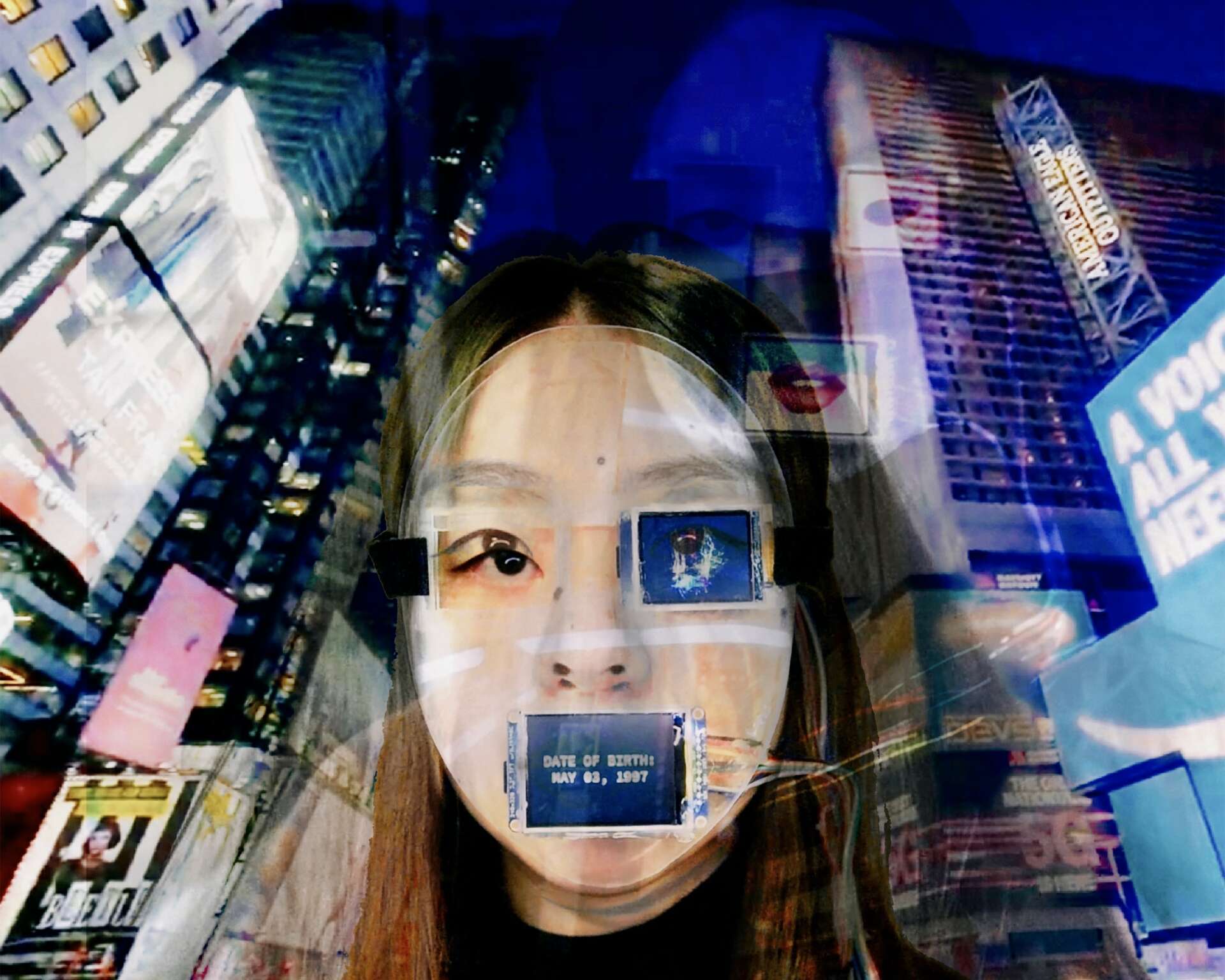
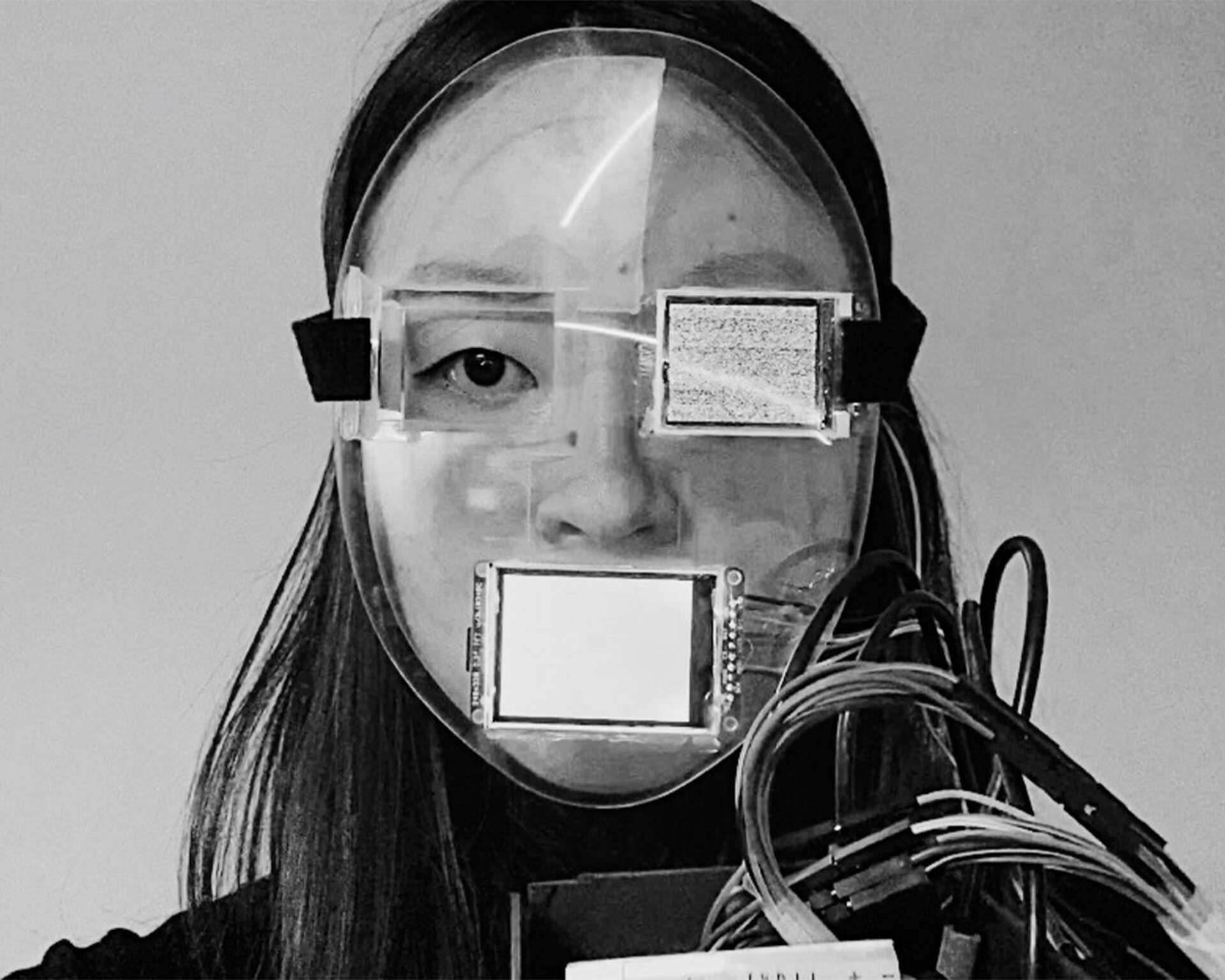
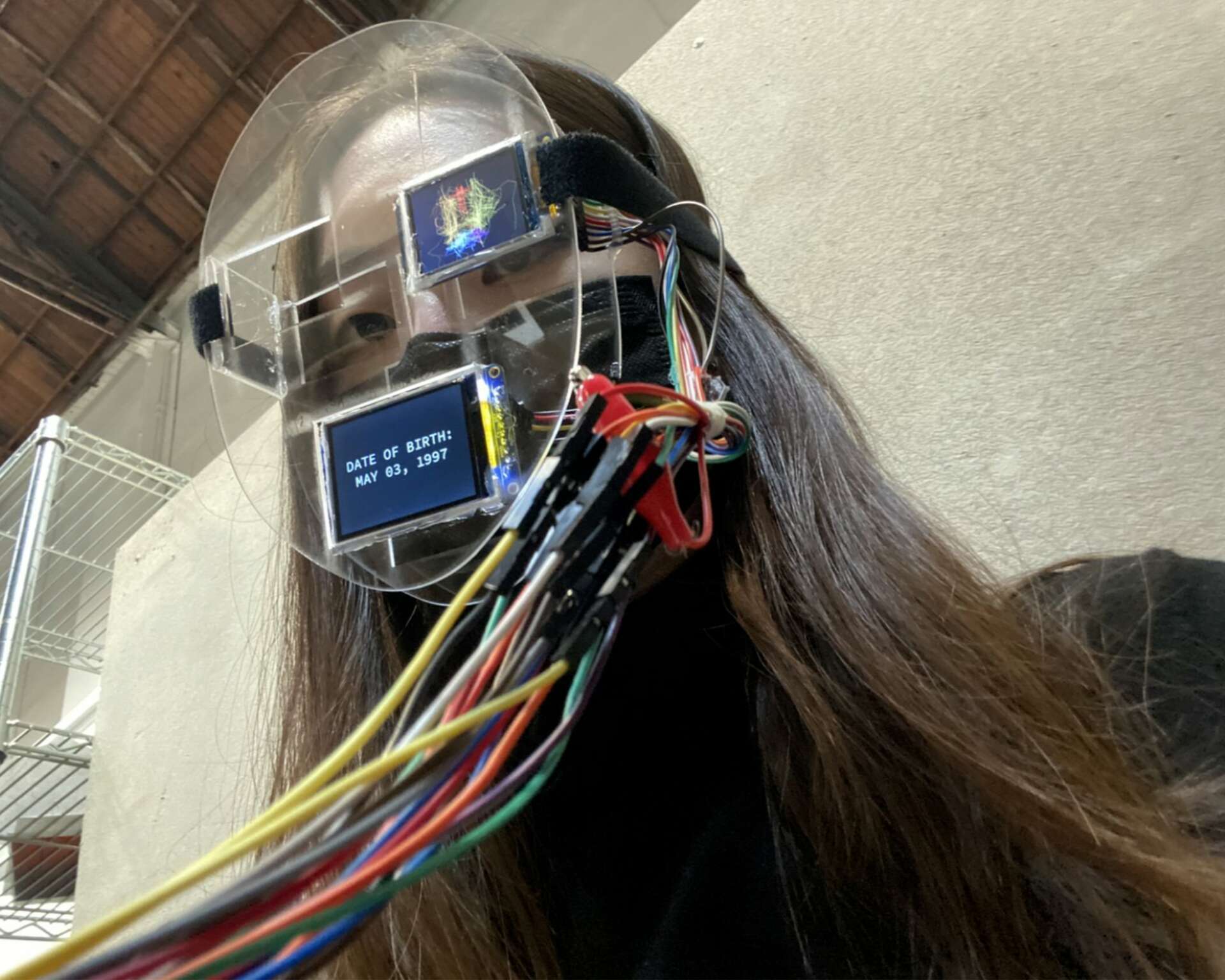
Is there a particular goal or mission driving your creative journey?
As a multimedia artist, I constantly deal with emerging technologies and use them as media to create my work. The urge to understand them better and on a deeper level has always been at the forefront of my research and creation – from the perspective of not only how to use them but also understanding where they come from. Do people create technology or does technology make up people? Do they emerge from actual needs or simply randomness?
One argument I always hold and believe in is that technology is never neutral. Instead, they bear certain attitudes and their underlying principles shape behavior. For example, the existence of VR might indicate a step back from physical reality; continuous scrolling breaks down the beginning and end of time intervals by suggesting “never-ending” as its core premise; the emergence of NFTs ties hype culture into the key of monetary values; etc. Therefore, as artists and designers, when we interact with these technologies, we might need to be particularly alert of not only what’s on the surface but what value systems they might bring into our works and the people who interact with them. I believe that it’s a responsibility to not only blindly respond to user and business needs but actively look out for which direction we are going. It is my mission to create meaningful designs and art pieces that guide technology to a more humane place and bring people together, and eventually give agency back to human beings.


Is there something you think non-creatives will struggle to understand about your journey as a creative?
Speaking for myself and every creative mind around me – One of the struggles is definitely finding our unique placement in this world and matching what the world needs with what we can offer. In particular, the creative field can be very abstract, and the values we provide sometimes seem to be not that straightforward but more implicit, and it takes time to understand. What’s even more challenging is that, as a multimedia designer, I usually find myself falling into a new and interdisciplinary field. Seeing my creative practice at the intersection of interaction design, media art, critical theory, and emerging tech, sometimes I have to carve out my own path because there are few or no precedents to follow.
However, what’s exciting is that we are also living in a time where the boundaries between disciplines are less distinct, and design can be not only utilitarian-facing but also research-based or even speculative. The challenges of cross-disciplinary design also present opportunities for innovation and the fusion of different things into something completely new.
Contact Info:
- Website: https://www.ziruling.com/
- Instagram: https://www.instagram.com/melody1ing/
- Linkedin: https://www.linkedin.com/in/ziruling/
- Other: Soundcloud: https://soundcloud.com/lplusm Spotify: https://open.spotify.com/artist/5pPcdS5lZyQIombvVmatPq?si=o9lZgLPXTKOj1BtD10de0A
Image Credits
All images credited to Melody Ling


